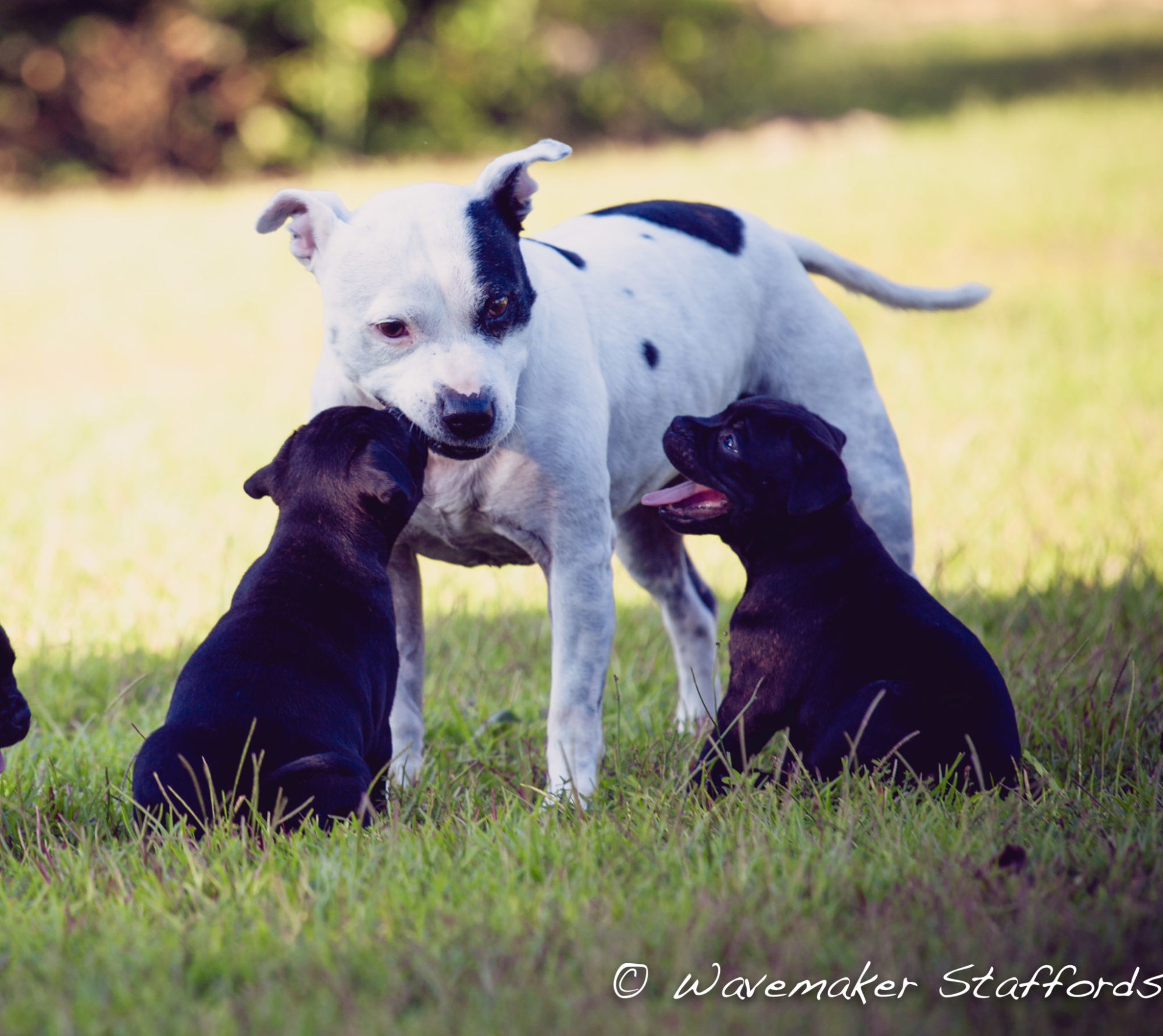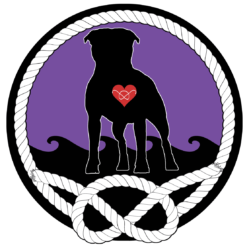Part One
I have recently been approved to judge my beloved breed, the Staffordshire Bull Terrier. It’s not something I dreamt of doing, it just happened organically as part of the process – owning, showing, performance, running The Stafford Knot, breeding, rescue . . . now judging. I completed my provisional assignments in short order, easily passing observations and applied for full status. I feel, along with the work I have done for TSK, its part of giving back to a breed.
Additionally, I felt compelled to join others who have been in the breed in trying to show by example what judging was supposed to be about….. or what i thought it was about anyway. I grew up in the dog world and rather naively thought conformation was a way to select the most correct animals who most fit the written breed standards for breeding in order to maintain or better the future of each breed.
The Staffords name says everything – bull and terrier. The bull (https://thestaffordknot.com/the-original-recipe-bulldog-plus-terrier-equals-stafford/) meaning the old time bulldogs of the past who more resembled American Bulldogs, leggy, sporty and agile rather than the British Bulldog of today. Some folks seem not to know this bit of important fact.
Another fact I have discovered is most folks do not understand basic canine structure. They dont understand how the skeleton interacts with the muscles and tendons and how all of this put together makes a dog balanced when its made right. (https://thestaffordknot.com/canine-structure-and-compensations/)There is really no excuse not to know these details as there are numerous books, videos and study groups on this topic! Once you see poor structure you cant miss it in any breed. To ignore these basics is equivalent to burying your head in the sand and moving forward just for the ribbon or the puppy sales or your ego. (https://thestaffordknot.com/the-ostrich-syndrome/)
In Staffords we will see slipping hocks, cathedral fronts, short upper arm, toeing in, upright shoulder, lack of under jaw, wrinkle, short muzzle, lippiness, incorrect croup angle, short sternum and many more ‘faults’ which shouldn’t be ignored. I’m not saying to throw out these dogs what I am saying is learn to see these ‘faults’ and understand them. As an example, understand how a short upper arm can affect shoulder blade placement, front movement and even how the neck appears from profile.
The Stafford should not appear bulky, heavy, coarse, overdone, bunchy or squatty (as I was told by one judge). I see far too many of these heavy types in the hands of professional handlers and they are often rewarded because so many judges do not understand what the breed standard is asking for. Do not be fooled or impressed by that huge head or those bulging muscles. The Stafford is not a heavyweight. He is a middle weight. He is active. He is agile. He is bold. The Stafford is a balanced breed. (https://thestaffordknot.com/on-balance/)
(https://thestaffordknot.com/more-on-balance-and-movement/)
I hope that I am a good judge. I feel I have a good eye and I have spent twenty years immersed in study of this breed. I hope that I can make thoughtful selections given what is brought into my ring. I am hopeful people who know me will understand the breed well and will bring me balanced Staffords.

